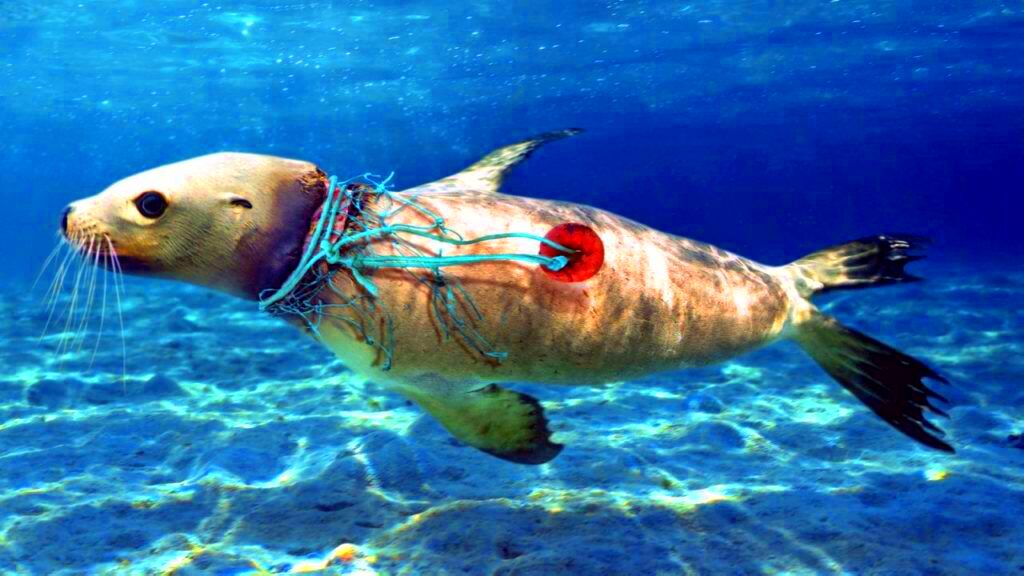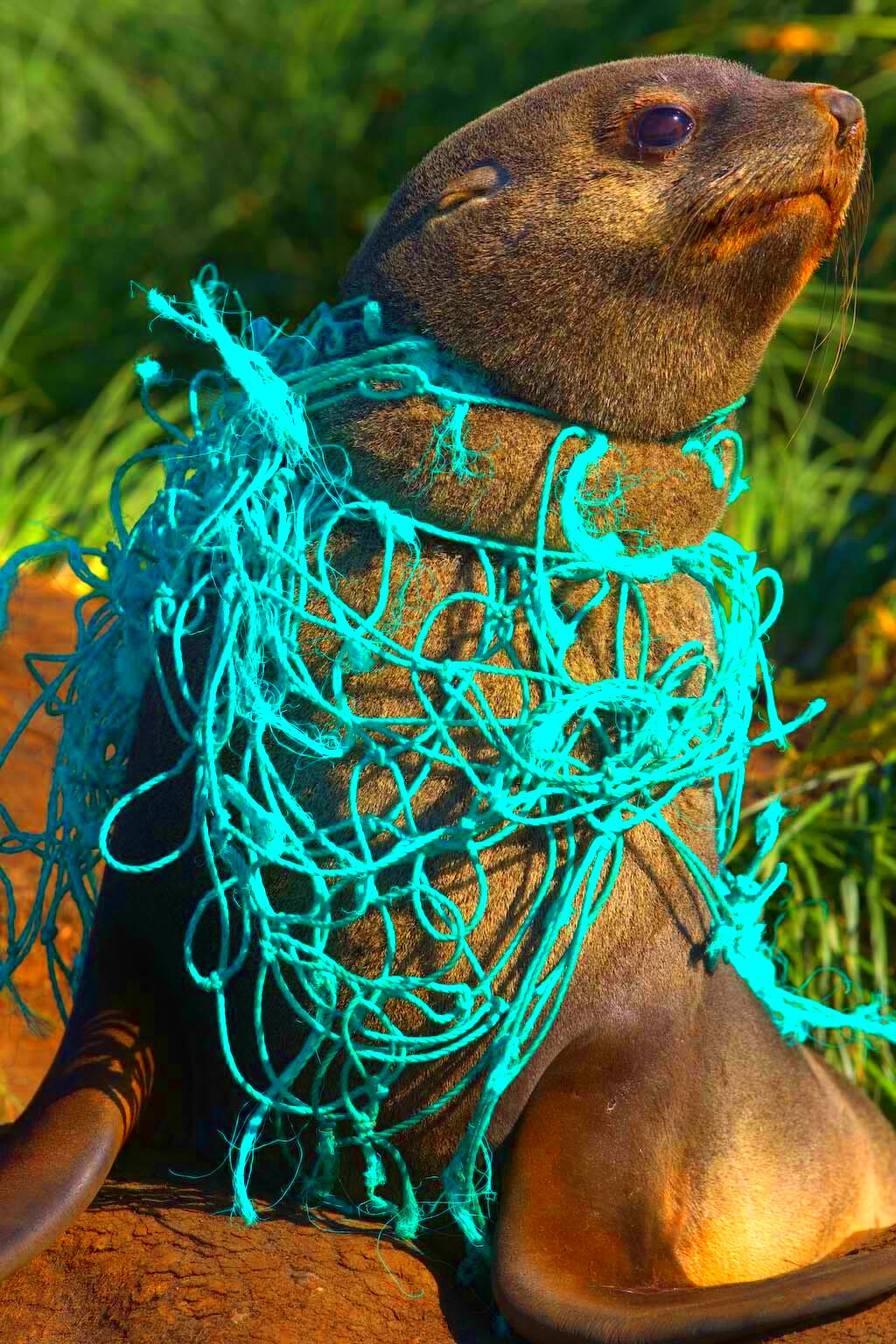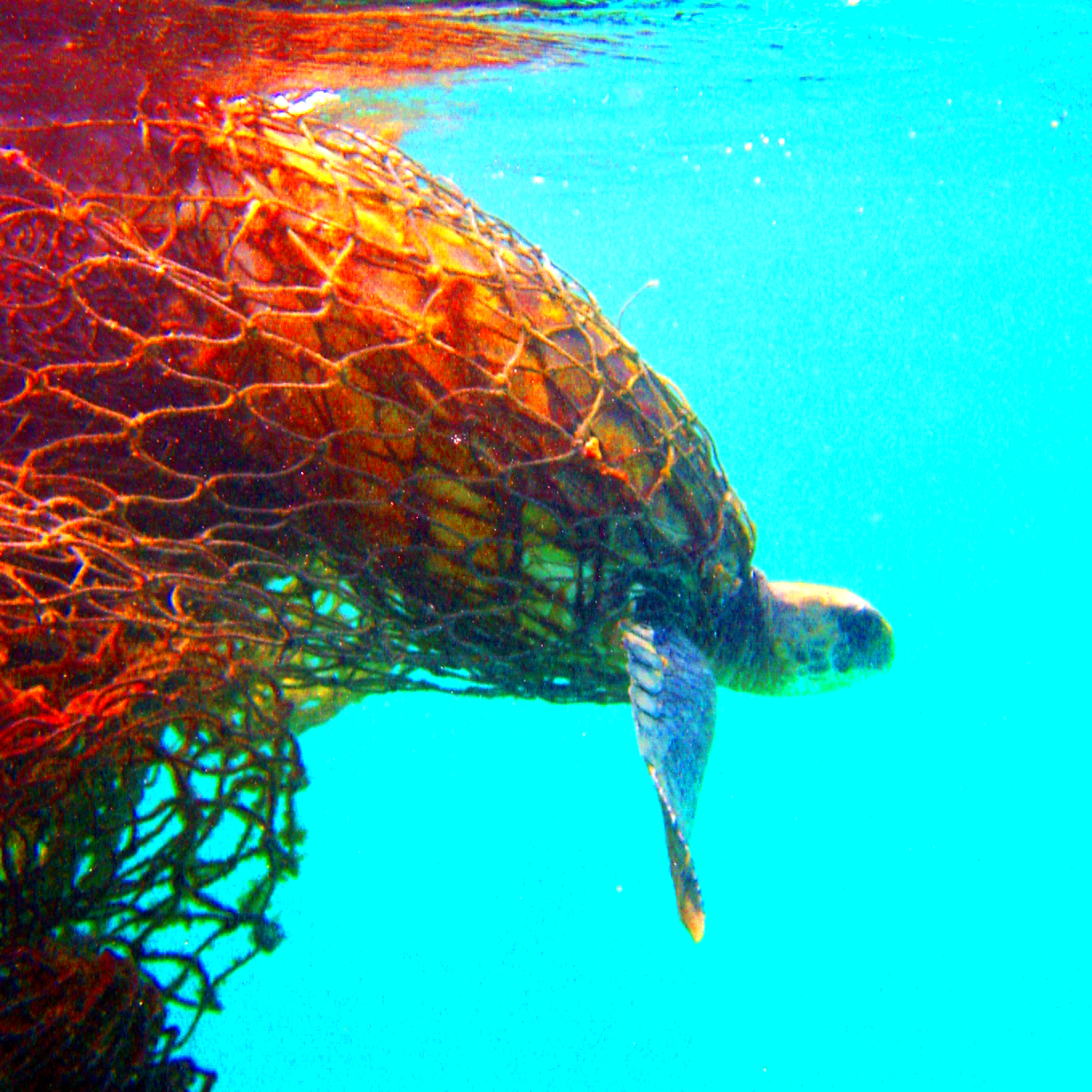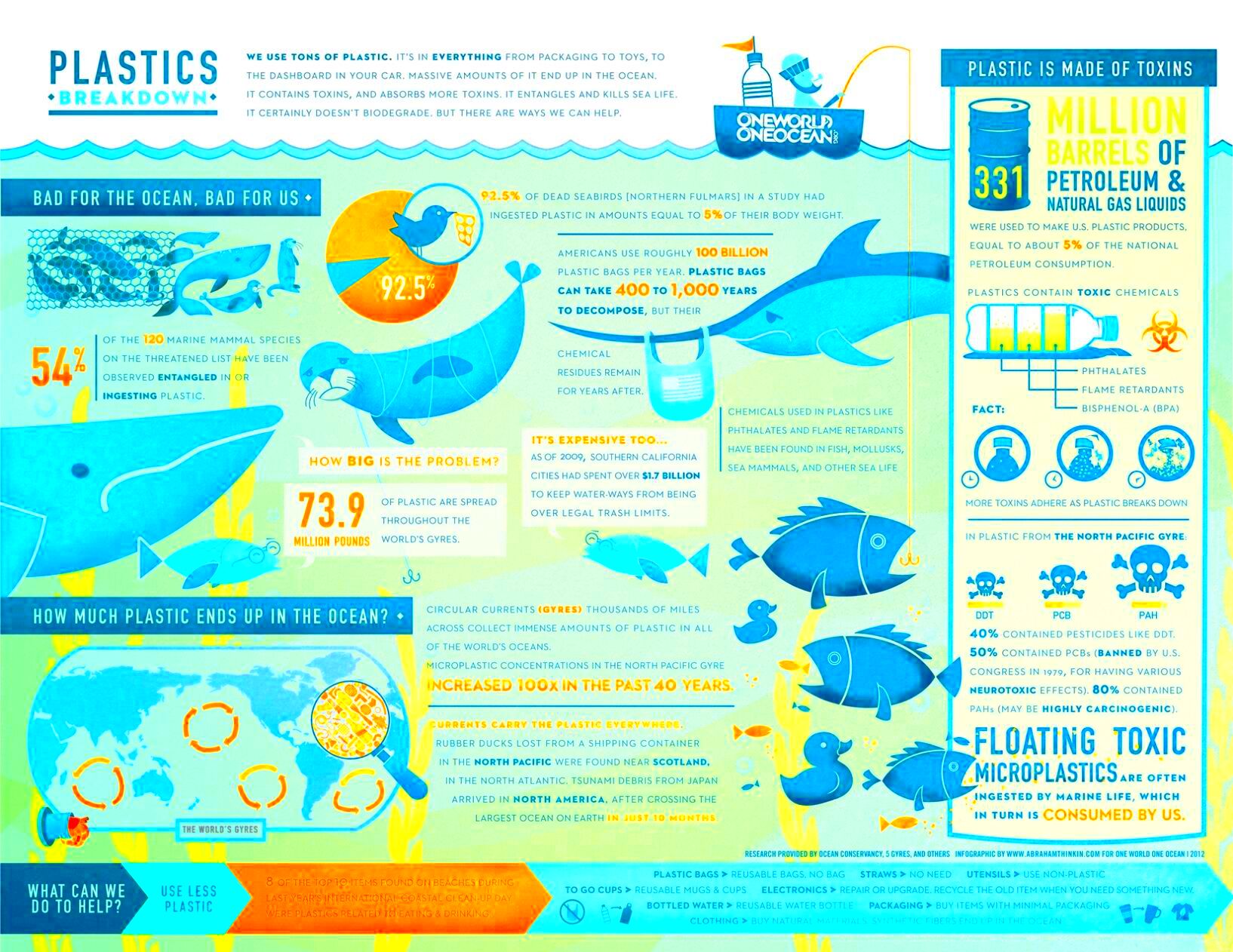Due to the excessive consumption of plastic products that don’t decompose; plastic pollution in oceans seems to be a rising environmental concern for USA. A lot of this is through normal household items like plastic bags or bottles which are thrown away causing them not to corrode at all.For this reason, they are broken down into small fragments called microplastics that linger in waters for ages.This problem is not only about the lives in the sea but also on human health and the economy as well. It is essential to know how big this problem is if we are to deal with it appropriately.
How Marine Plastic Affects Marine Life and Ecosystems

Marine animals, ecosystems and even the food chain are greatly affected by plastic waste. Below are some of the most crucial ways in which it affects life in water:
- Ingestion: Many marine animals mistake plastic for food. Sea turtles, fish, and birds often consume plastic debris, which can lead to choking, starvation, or internal injuries.
- Entanglement: Marine species such as dolphins, seals, and birds frequently get entangled in plastic debris like fishing nets or six-pack rings. This can cause injury, restricted movement, or even death.
- Habitat Destruction: Coral reefs, one of the most important marine ecosystems, suffer when plastic debris accumulates. Plastic can smother corals, preventing them from getting sunlight and nutrients.
- Microplastics: These tiny plastic particles are ingested by smaller fish and plankton, which then get eaten by larger predators. As a result, the entire food chain, including humans, is impacted.
The Role of Coastal Communities in Combating Plastic Waste

The front lines of marine plastic pollution are inhabited by coastal communities. They feel the tangible impact of plastic junk in the sea as they are near it, and thus contribute significantly in the conservation of marine ecosystems.Some of the main initiatives taken by coastal communities are outlined here:
- Beach Cleanups: Many coastal areas host regular beach cleanups to remove plastic waste from shorelines. These efforts help prevent plastic from washing into the ocean.
- Local Regulations: Some coastal towns and cities have implemented bans on single-use plastics, such as plastic bags and straws, to reduce the amount of waste entering the ocean.
- Education and Awareness: Coastal communities often lead educational campaigns to inform residents and tourists about the dangers of plastic pollution and how they can help reduce waste.
- Recycling Programs: Improved recycling efforts, especially for hard-to-recycle plastics, have been initiated by local governments to curb the flow of plastic waste into the environment.
This global problem is being tackled significantly by coastal areas using local measures.
Photographic Evidence: Visualizing the Scope of Marine Plastic

Pictures can say a lot, especially when it comes to understanding how much marine plastic pollution has affected us. Strong
images portray the grim truth about plastic garbage that plagues our oceans and coastlines. Such representations raise awareness and trigger action from both the public and policymakers.Photographers and environmental activists have recorded the destruction that plastic pollution causes. Here are some important items to note:
- Before and After Shots: Images showing pristine beaches next to those littered with plastic highlight the extent of the problem.
- Close-Up Photos: Macro photography of marine life affected by plastic ingestion or entanglement reveals the hidden dangers faced by our oceans.
- Documentary Projects: Many photographers have undertaken projects focused solely on marine plastic. Their work often appears in galleries and publications, increasing visibility.
- Social Media Campaigns: Platforms like Instagram and Twitter are flooded with photos of polluted waters, encouraging others to join the conversation and share their own experiences.
The startling photos can provide some insights and provoke more feeling reactions, motivating people to do something about the issue of plastic waste. So, in this sense, the lens is an essential weapon for combating sea litter made of plastics.
Government Initiatives and Policies to Reduce Plastic Waste
The federal government and local governments in the USA have become aware of how important it is to stop ocean plastic pollution. Thus, they have formulated different schemes and laws to do something about it. The measures differ from one region to another with the aim of preventing plastic waste from being produced.There are a few essential strategies:
- Plastic Bag Bans: Several states and cities have enacted bans on single-use plastic bags, encouraging reusable alternatives.
- Extended Producer Responsibility (EPR): Some states are adopting EPR laws that require manufacturers to take responsibility for the entire lifecycle of their plastic products, including disposal.
- Funding for Cleanup Efforts: Government programs often provide financial support for beach cleanups and recycling initiatives aimed at reducing marine plastic waste.
- Public Awareness Campaigns: Government agencies frequently run campaigns to educate the public about the impacts of plastic pollution and promote responsible disposal practices.
In the war on marine plastic pollution, these policies seek to decrease the amount of plastics entering our oceans. It is important that everybody works together if we want real impacts.
How Individuals Can Help Reduce Marine Plastic Pollution
- Reduce Single-Use Plastics: Say no to plastic bags, straws, and bottles. Opt for reusable options instead, such as cloth bags and stainless steel bottles.
- Participate in Cleanups: Join local beach or park cleanups. It's a great way to meet like-minded people while contributing to a cleaner environment.
- Educate Others: Share what you know about plastic pollution with friends and family. Awareness is key to inspiring action.
- Support Local Policies: Advocate for local regulations that limit plastic use and promote recycling. Attend town hall meetings or write to your representatives.
By making conscious choices in our daily lives, we can collectively reduce the impact of marine plastic pollution. Every effort matters, and together, we can work towards healthier oceans for future generations.
Popular Locations in the USA Severely Affected by Marine Plastic
Some areas in the United States are particularly vulnerable to marine plastic pollution. These locations often see the most significant impact due to their geography, tourism, and local waste management practices. Understanding these hotspots is crucial for addressing the issue effectively.Here are a few notable locations that face severe challenges from plastic pollution:
- California Coast: With its long coastline and heavy tourist traffic, California grapples with plastic waste from urban areas. Popular beaches like Santa Monica and Malibu often deal with litter washing ashore.
- Gulf Coast: States like Louisiana and Texas see significant plastic pollution due to industrial runoff and tourism. The vibrant ecosystems, including wetlands and marshes, suffer from plastic debris.
- Florida Keys: This unique marine ecosystem is heavily affected by plastic waste from boating and tourism. The crystal-clear waters often hide plastic waste just below the surface, harming coral reefs and marine life.
- Great Lakes Region: While not oceanic, the Great Lakes are still impacted by plastic pollution. Cities like Chicago and Detroit contribute to runoff that ends up in these vital freshwater resources.
Recognizing these affected areas helps focus conservation efforts and community engagement to combat plastic pollution effectively.
Frequently Asked Questions about Marine Plastic Pollution
Marine plastic pollution raises many questions, and it’s essential to understand the basics. Here are some frequently asked questions that shed light on this pressing issue:
What is marine plastic pollution?
- Marine plastic pollution refers to the accumulation of plastic products in the oceans, which can harm wildlife, ecosystems, and human health.
What types of plastic are most common in the ocean?
- Common plastics include bags, bottles, straws, and microplastics, which are tiny plastic particles resulting from larger plastic waste breaking down.
How does plastic pollution affect marine life?
- Marine animals can ingest plastic or become entangled in it, leading to injuries or death. Plastics can also disrupt food chains.
What can individuals do to help?
- Individuals can reduce their plastic use, participate in cleanups, and advocate for policies to limit plastic production and waste.
These FAQs provide a foundational understanding of marine plastic pollution and its impacts, encouraging more people to engage in the fight against this global crisis.
Final Thoughts on the Fight Against Marine Plastic
The battle against marine plastic pollution is an ongoing struggle that requires collective effort from individuals, communities, governments, and organizations. It's easy to feel overwhelmed by the scale of the problem, but every small action counts. By understanding the issue and taking proactive steps, we can contribute to a cleaner ocean.Here are some key takeaways:
- Awareness is Critical: Educating ourselves and others about marine plastic pollution is the first step toward change.
- Support Local Initiatives: Engage with local groups focused on cleanups and advocacy to strengthen community efforts.
- Advocate for Change: Push for policies at local and national levels that aim to reduce plastic waste and promote sustainability.
Together, we can make a difference and protect our oceans for future generations. The fight against marine plastic pollution is not just an environmental issue; it's a call for a sustainable future.
 Marine animals, ecosystems and even the food chain are greatly affected by plastic waste. Below are some of the most crucial ways in which it affects life in water:
Marine animals, ecosystems and even the food chain are greatly affected by plastic waste. Below are some of the most crucial ways in which it affects life in water: The front lines of marine plastic pollution are inhabited by coastal communities. They feel the tangible impact of plastic junk in the sea as they are near it, and thus contribute significantly in the conservation of marine ecosystems.Some of the main initiatives taken by coastal communities are outlined here:
The front lines of marine plastic pollution are inhabited by coastal communities. They feel the tangible impact of plastic junk in the sea as they are near it, and thus contribute significantly in the conservation of marine ecosystems.Some of the main initiatives taken by coastal communities are outlined here: Pictures can say a lot, especially when it comes to understanding how much marine plastic pollution has affected us. Strong images portray the grim truth about plastic garbage that plagues our oceans and coastlines. Such representations raise awareness and trigger action from both the public and policymakers.Photographers and environmental activists have recorded the destruction that plastic pollution causes. Here are some important items to note:
Pictures can say a lot, especially when it comes to understanding how much marine plastic pollution has affected us. Strong images portray the grim truth about plastic garbage that plagues our oceans and coastlines. Such representations raise awareness and trigger action from both the public and policymakers.Photographers and environmental activists have recorded the destruction that plastic pollution causes. Here are some important items to note:
 admin
admin








